In the Thai provinces of Khon Kaen and Isaan there’s a popular but potentially deadly dish which can result in a person developing fatal liver cancer with just one bite.
Known as koi pla, it’s a plate of minced raw fish mixed with herbs, spices and lemon juice.
Unfortunately, the raw fish can be full of parasitic creatures which can give people liver cancer.
According to the BBC, the regions of Thailand where koi pla is popular have abnormally high levels of liver cancer and that studies of the disease found that in some communities up to 80 percent of people had the parasites that could lead to it, though the cancer didn’t usually develop until after the host was 50.
X-rays of patients show the impact that eating koi pla has had on the bodies of patients and how it can end up killing them.
In some cases children as young as four years old had the parasites.
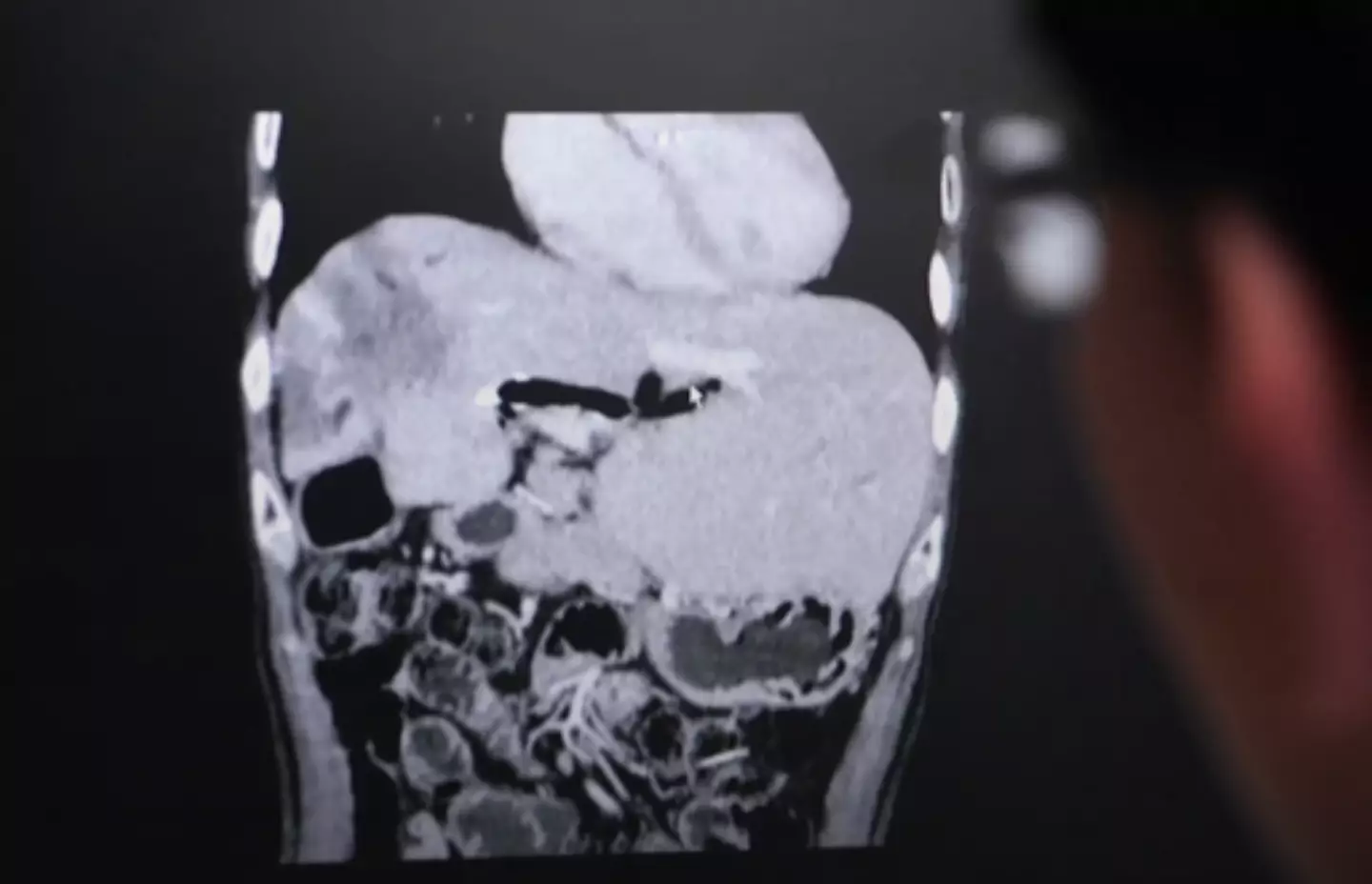

It’s a dangerous dish, but some people don’t want to change their eating habits (BBC)
Research on the parasites found that they can make chemicals that trigger the immune system response in their host, which can cause inflammation, which then becomes chronic and develops into cancer.
Dr Narong Khuntikeo, from Thailand, has been working to fight against the dangerous delicacy after both his parents tragically died from liver cancer after consuming it.
“It’s a very big health burden around here,” the liver surgeon told Agence France-Presse.
He continued: “But nobody knows about this because they die quietly, like leaves falling from a tree.”
The ‘silent killer’ disease has one of the lowest survival rates of all cancers if left untreated by surgery.
Dr Khuntikeo, joined by scientists, doctors and anthropologists, have spent years testing villagers from the Isaan region for the parasite.
Using ultrasound machines and urine testing kits, the doctor found that as much as 80 percent of inhabitants from some communities were found to have ingested the deadly parasite.


The dangerous dish kills thousands of people every year. (Wikimedia Commons)
While he’s trying to spread information and warnings over the koi pla dish – alongside local health officials have introducing a school curriculum geared at teaching children about the risks of raw foods – Dr Khuntikeo has said he’s faced issues with the older generation.
“They’ll say: ‘Oh well, there are many ways to die’,” the health professional said.
“But I cannot accept this answer.”
Those who don’t want the potentially deadly dish to change despite the health risk have claimed that cooking the dish, which is the best way to kill the parasite, spoils the taste.
One might argue that the prospect of fatal liver cancer might make for a more off-putting meal.
Additional words by Britt Jones.
Featured Image Credit: BBC
Topics: Food And Drink, World News, Health, Cancer
.png)
.png)
Travelling abroad gives us the opportunity to broaden our culinary horizons and sample local dishes we might never come across in our day-to-day lives.
From traditional Scottish haggis to Iceland’s infamous rotten shark, foods from around the world may leave us feeling a little grossed out but they won’t kill you.
Well, except for one illicit item sold on the shores of one Italian island.
Enter casu marzu, a fermented sheep’s milk cheese which is created using maggots.
No that isn’t a typo.
Now the process of making most cheeses is pretty grim (looking at you blue cheese), but nothing is quite as dangerous as casu marzu, which won the title of the ‘world’s most dangerous cheese’ in the 2009 Guinness Book of World Records.
Now you may be wondering what person in their right mind would want to eat cheese made by maggots… quite a few people actually.
Created on the Italian island of Sardinia, casu marzu is said to have a strong taste and has been compared to gorgonzola, stilton, or camembert.
The cheese is made by removing part of the cheese’s rind and allowing maggots to hatch inside, which in turn begin to eat the cheese from the inside out and give it the, ahem, unique flavour.
.png)
.png)
Would you try this cheese? (Enrico Spanu/REDA&CO/Universal Images Group via Getty Images)
Most people prefer to remove the maggots before consuming the cheese, however it has been known that some locals will pin the cheese through a centrifuge device to mix in the maggots.
The cheese is in fact so dangerous to eat that the Italian government have banned the production of casu marzu as it breaks EU food safety regulations.
It shouldn’t surprise you that its maggot fermentation is the reason why casu marzu is illegal.
If consumed, the maggots can withstand stomach acid and lead wreck havoc in your intestines, causing lesions and small tears in the organ.
Despite the health warning production of casu marzu is still thriving, with 100 tonnes of the risky cheese being made per year. The illegal trade is even estimated to be worth around €2 and €3 million annually.


To the surprise of no one, consuming maggots is not good for you. (LOIC VENANCE/AFP via Getty Images)
As for the reason why Sardinians choose to carry on the tradition of making casu marzu? It’s part of their tradition according to Sardinian journalist Giovanni Fancello.
“They ask us: ‘How do you make casu marzu?’ It’s part of our history,” Fancello told CNN Travel, adding that he’d traced the dish back to the time Sardinia was part of the Roman Empire.
He continued: “We are the sons of this food. It’s the result of chance, of magic and supernatural events.”
It’s also worth noting that there are currently no recorded deaths from eating casu marzu at the time of writing, which means that you’ll most likely live if you choose to brave the delicacy.
Featured Image Credit: Enrico Spanu/REDA&CO/Universal Images Group via Getty Images / LOIC VENANCE/AFP via Getty Images
Topics: Food And Drink, Weird


As a non-drinker, I’ll often join my friends by knocking down a few cold ones (a single Diet Coke) after work.
So I don’t really know what a hangover feels like, but as I’ve gotten older, I have witnessed more and more ‘phantom hangovers’ as the years go by.
By now, we all realise that drinking too much can never be a good thing.
And there’s no shame in admitting that you’re finding it hard to stop, or that you’re a borderline alcoholic.
What classifies as alcohol misuse?
According to the NHS, ‘alcohol misuse is when you drink in a way that’s harmful, or when you’re dependent on alcohol’.
The health service advises people to not regularly drink more than 14 units a week.
One unit of alcohol is 8g or 10ml of pure alcohol, which is about half a pint of lower to normal-strength lager/beer/cider (ABV 3.6 percent), a single small shot measure (25ml) of spirits (25ml, ABV 40 percent), or a small glass (125ml, ABV 12 percent) of wine containing about 1.5 units of alcohol.


A ‘phantom hangover’ can be rough. (Getty Stock Images)
What is a phantom hangover?
A phantom hangover will only happen when you abstain from alcohol for a certain amount of time.
Alcohol rehab guide explains that feeling hungover when you’ve not even had a drink can be a sign of alcohol abuse.
Symptoms are similar to a regular hangover, but they usually start around 48 hours after quitting alcohol – and usually it’s heavy drinkers who have gone off the booze that suffer the worst.
They can last just a few days to a few months.
Notably, phantom hangovers can be psychological due to a chemical imbalance in the brain.
Possible symptoms
- Nausea
- Headaches
- Fatigue
- Brain fog
- Aching muscles
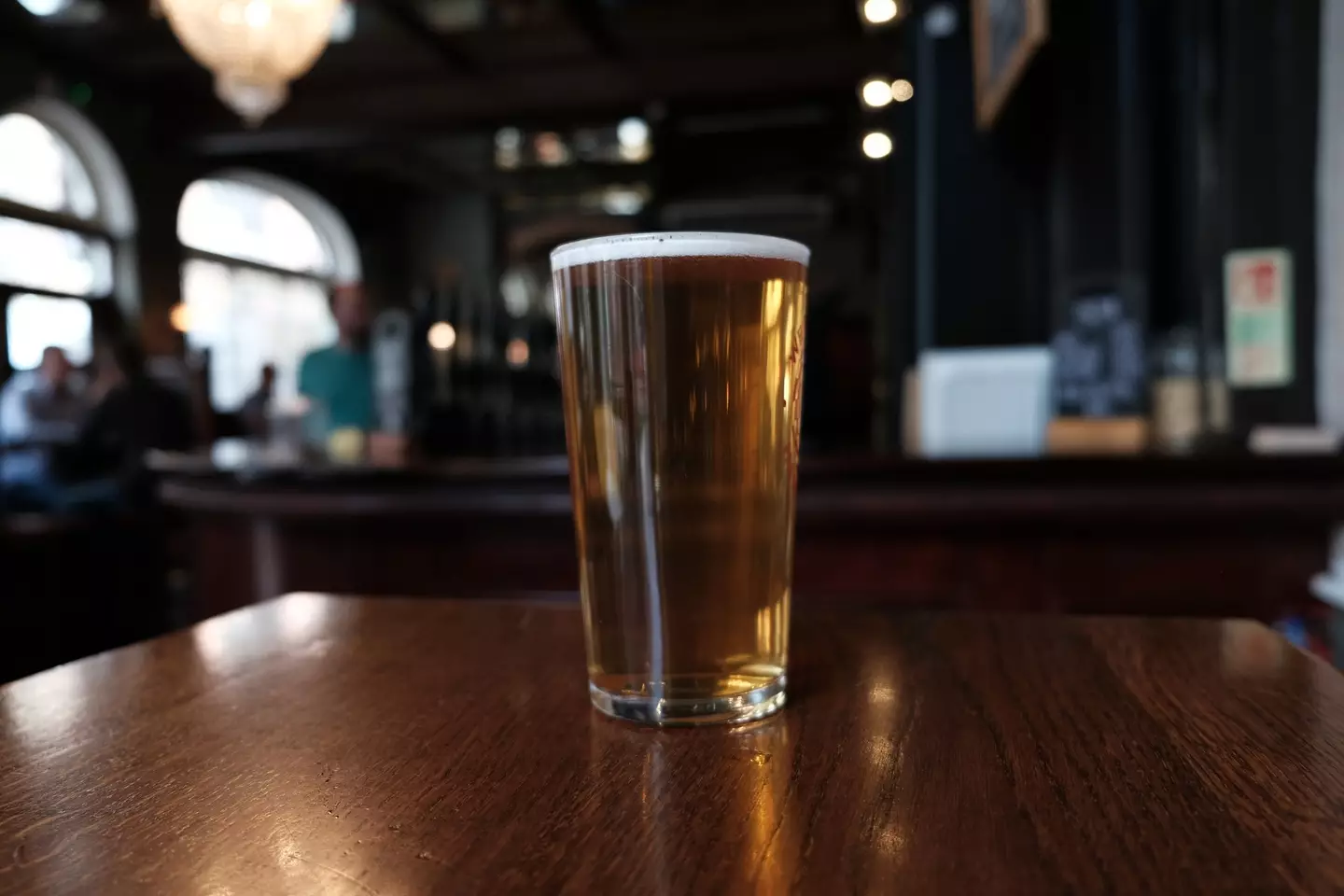

Phantom hangover symptoms include headaches, fatigue and brain fog. (Getty Stock Images)
How long does it take the liver to repair from alcohol abuse?
Doctor Lance Stein, a transplant hepatologist at Piedmont Transplant, explains that alcohol is a toxin to the liver, which can cause a lot of internal damage.
He said: “When alcohol, or ethanol, reaches the liver, the cells of the liver have enzymes that help with the digestion and processing of alcohol.
“When alcohol then reaches the blood, that’s when you feel the effects of alcohol.
“As the liver is processing alcohol, it can damage the liver’s enzymes, which can lead to cell death.
“As with any damage to any cell of any organ, there is always a process of healing.”
Dr Stein explained that ‘if the damage to the liver has been long-term, it may not be reversible’, but for most people, your liver might be able to start healing as early as a few days to a few weeks.


We’ve all woken up like this before. (Getty stock photo)
At what age should you consider quitting alcohol completely?
Removing booze from your life can help prevent the development of dementia.
Dr Richard Restak, author of How to Prevent Dementia: An Expert’s Guide to Long-Term Brain Health, wrote: “Ask yourself, ‘why do I drink?’ If the answer is ‘because alcohol helps me to elevate my mood and lower my anxiety,’ you may be at some peril, and it’s probably best to stop altogether.
“I strongly suggest that if you are 65 years old or older, that you completely and permanently eliminate alcohol from your diet.”
Featured Image Credit: Getty Stock Images
Topics: Food And Drink, Health
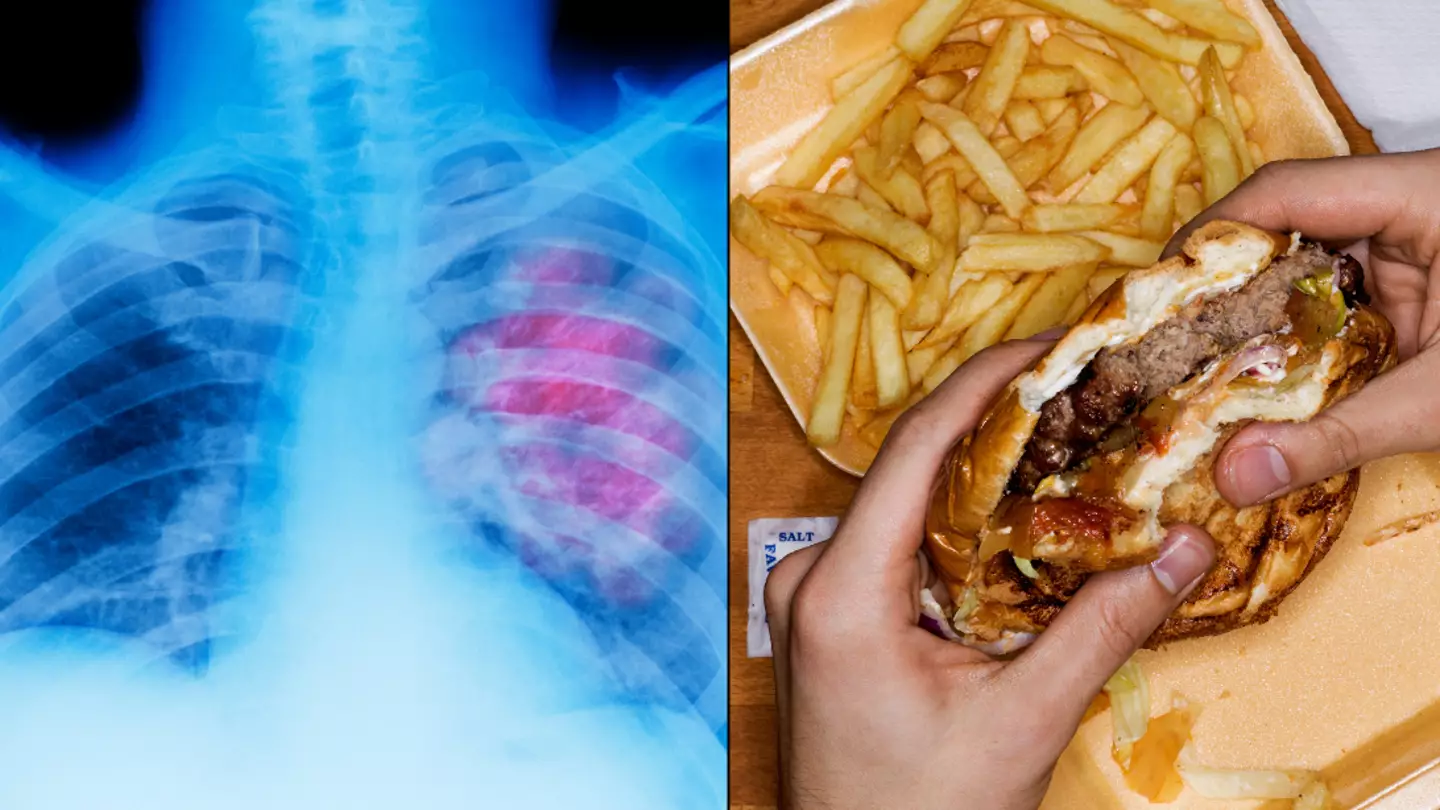

As the number of people under 50 getting cancer is on the rise, one expert has come out to share why that might be.
Now, anyone can get cancer and it’s just the way things are, but there’s actually an indicator of whether you’re creating the perfect environment inside of your body to host cancerous cells.
According to a 2023 analysis, over the past three decades, the number of young people who are being diagnosed with cancer has increased by 25 percent in the UK, and 80 percent globally.
Although many professionals aren’t sure why, cancer expert Professor Charles Swanton thinks it’s all to do with our diets.
The oncologist and Chief Clinician at Cancer Research UK believes that what we eat is a clear indicator of the ‘disturbing’ cancer uptick.


Cancer in the under 50 group has risen by 80 percent worldwide (Getty Stock Image)
Speaking at the American Society of Clinical Oncology last year, he explained that there have been studies conducted which show that some people with early-onset bowel cancer may have been ‘initiated’ by bacteria in the gut.
This bacterium is commonly found in the guts of those who eat a low fibre and high sugar diet.
He said: “What we are seeing in some studies is some tumours from patients with early-onset colorectal cancer harbour mutations that might be initiated by these microbial species.”
The mutations may impact your ability to ward off cancer.
Professor Swanton also stated at the National Cancer Research Institute (NCRI) Cancer Conference in 2015 that eating red or processed meats could give you a ‘much higher’ chance of developing bowel cancer.
These foods are most commonly ham or bacon.
Matthew Lambert, a nutritionist and health information and promotion manager at World Cancer Research Fund (WCRF), told the Mail Online: “We advise that people eat less overly processed, high in saturated fat, sugar and salt food.


Consistently eating red or processed meats – like bacon and ham – could give you a ‘much higher’ chance of developing bowel cancer (Getty Stock Image)
“This includes food like cakes, biscuits, pastries, crisps, sugar-sweetened drinks, and fast food like pizza and burgers.
“These types of food have no fibre and contain virtually no essential nutrients, they should only be eaten occasionally and in small amounts.”
Even though cancers are becoming more prevalent in people under 50, round 90 percent of all cancers are still prone to developing in those over 50.
According to Cancer Research UK, 50 percent of all cancers affect the over-75 age group.
Dr Nicholas DeVito blamed the rise of junk food diets for why the under 50s are being diagnosed with cancer now more than ever before – particularly in the US – and even wants to ban some foods.
He wrote for STAT News: “The desire to protect Americans from substances that cause cancer and other diseases should transcend party affiliation and political motivation to overcome industrial lobbying efforts.”
If you’ve been affected by any of these issues and want to speak to someone in confidence, contact Macmillan’s Cancer Support Line on 0808 808 00 00, 8am–8pm seven days a week.
Featured Image Credit: Getty Stock Images
Topics: Cancer, UK News, Food And Drink, Health
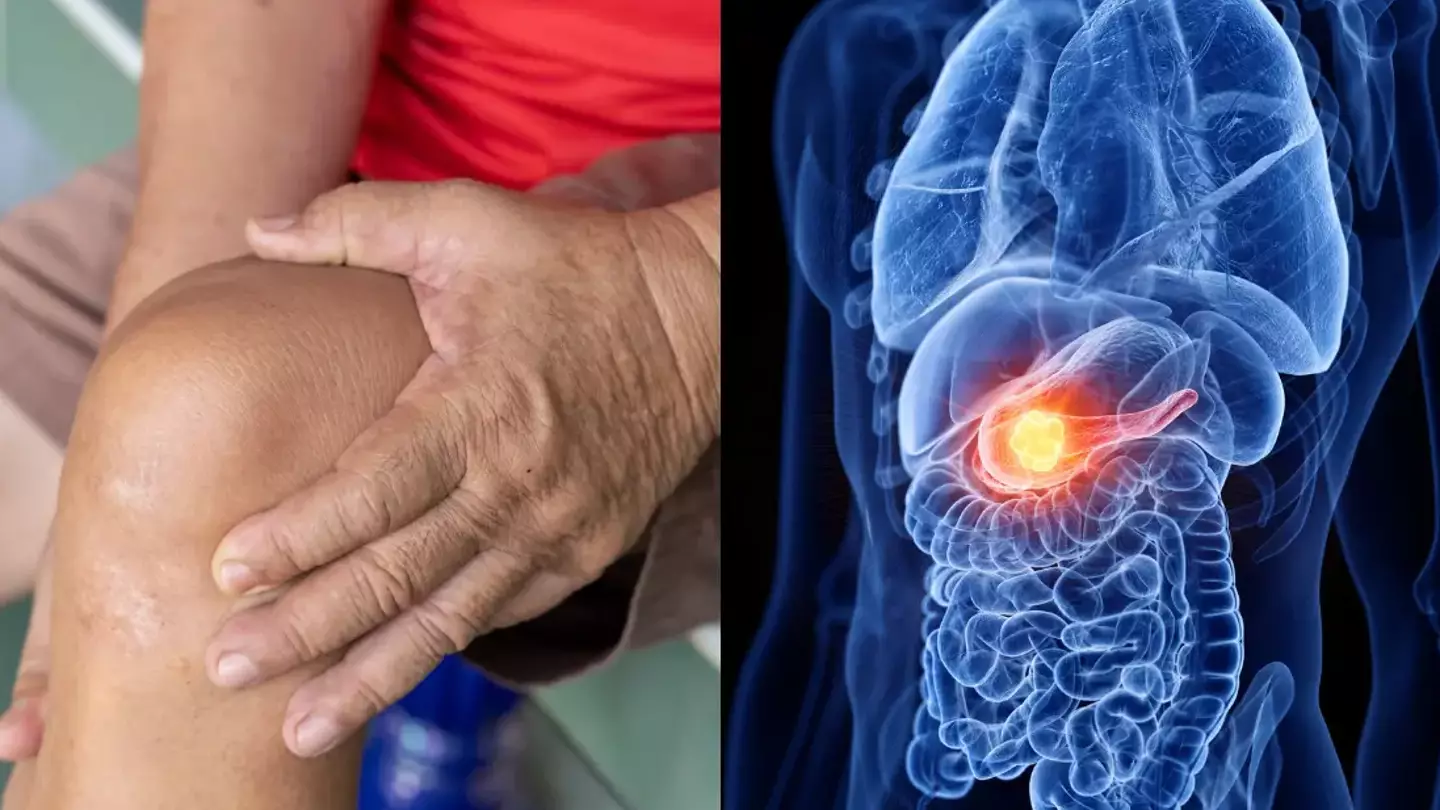

There are seemingly innocent things that can signify cancer, and you shouldn’t rule out things that happen to your legs as a sign.
According to Cancer Research UK, ‘there are more than 385,000 new cancer cases in the UK every year’, which is over 1,000 every day.
However, it’s never too early to check out symptoms as possible signs if they seem odd to you.
So, if these symptoms appear unexpectedly, don’t wait to get help – because it might just turn out to be pancreatic cancer.
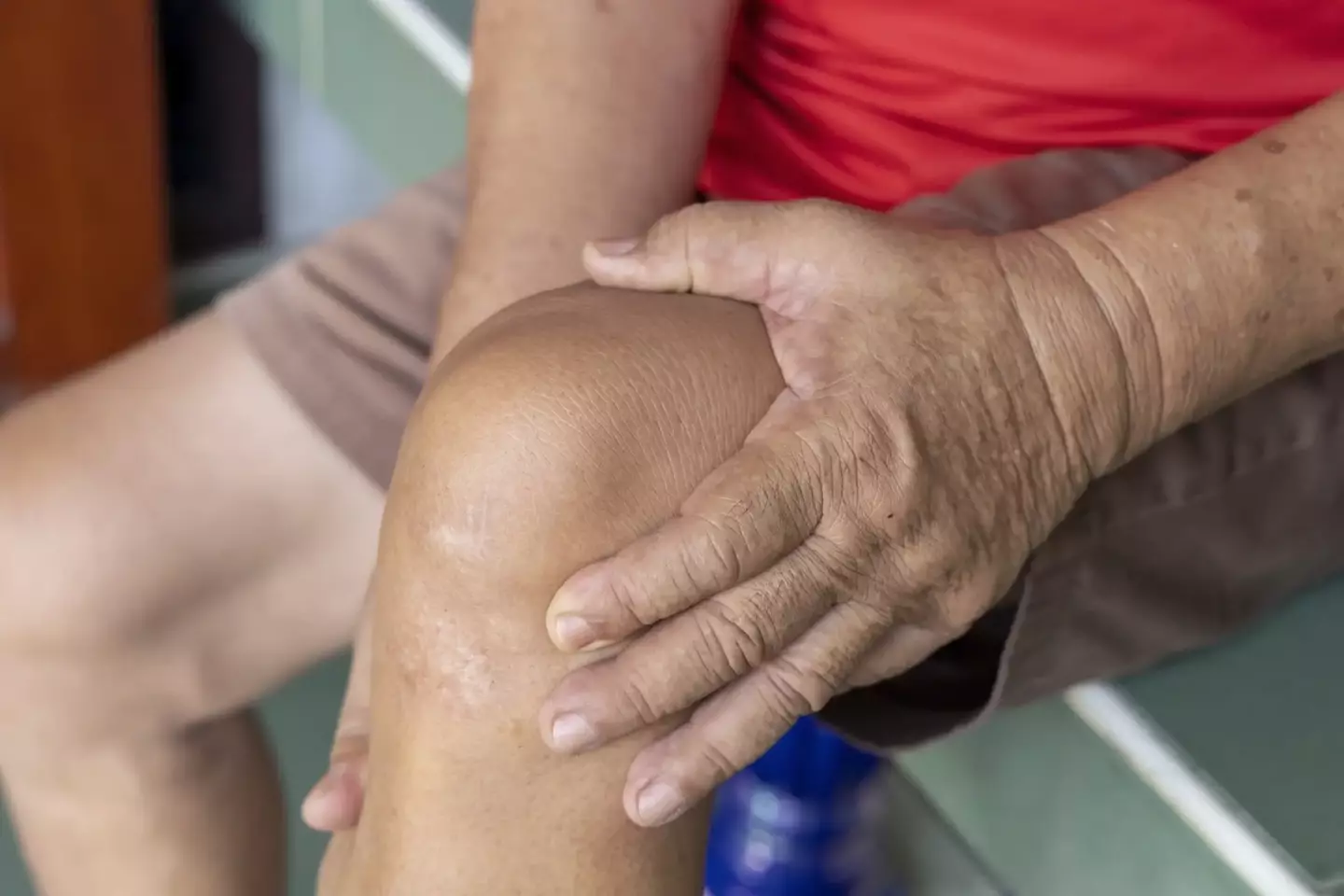

What are the symptoms? (Getty Stock Photos)
Symptoms of pancreatic cancer
According to the NHS, pancreatic cancer is a cancer that’s found anywhere in the pancreas, which is situated in the top part of your tummy.
The pancreas helps you to digest your food and also makes insulin.
As per the NHS, symptoms of pancreatic cancer can include developing jaundice, which will make the whites of your eyes or your skin turn yellow.
You might also have itchy skin, darker wee, or paler poo.
You could lose your appetite and weight without trying to and feel tired with little to no energy.
Another sign is having a hot temperature, or even feeling hot or shivery.
Your digestion might also change, and you might feel or be sick, have diarrhoea or constipation, or other general changes to your bowel movements.
Pain might also become obvious at the top part of your tummy and your back, particularly if you’re eating or lying down.
As pancreatic cancer remains a top killer due because of its non-obvious signs, Dr Santhi Swaroop Vege from Mayo Clinic said that it’s essential that you catch it early.
He said to News Network: “That’s one of the biggest problems we face. Usually, these people will have indigestion, and acid reflux, before finally somebody thinks of a CT scan.”
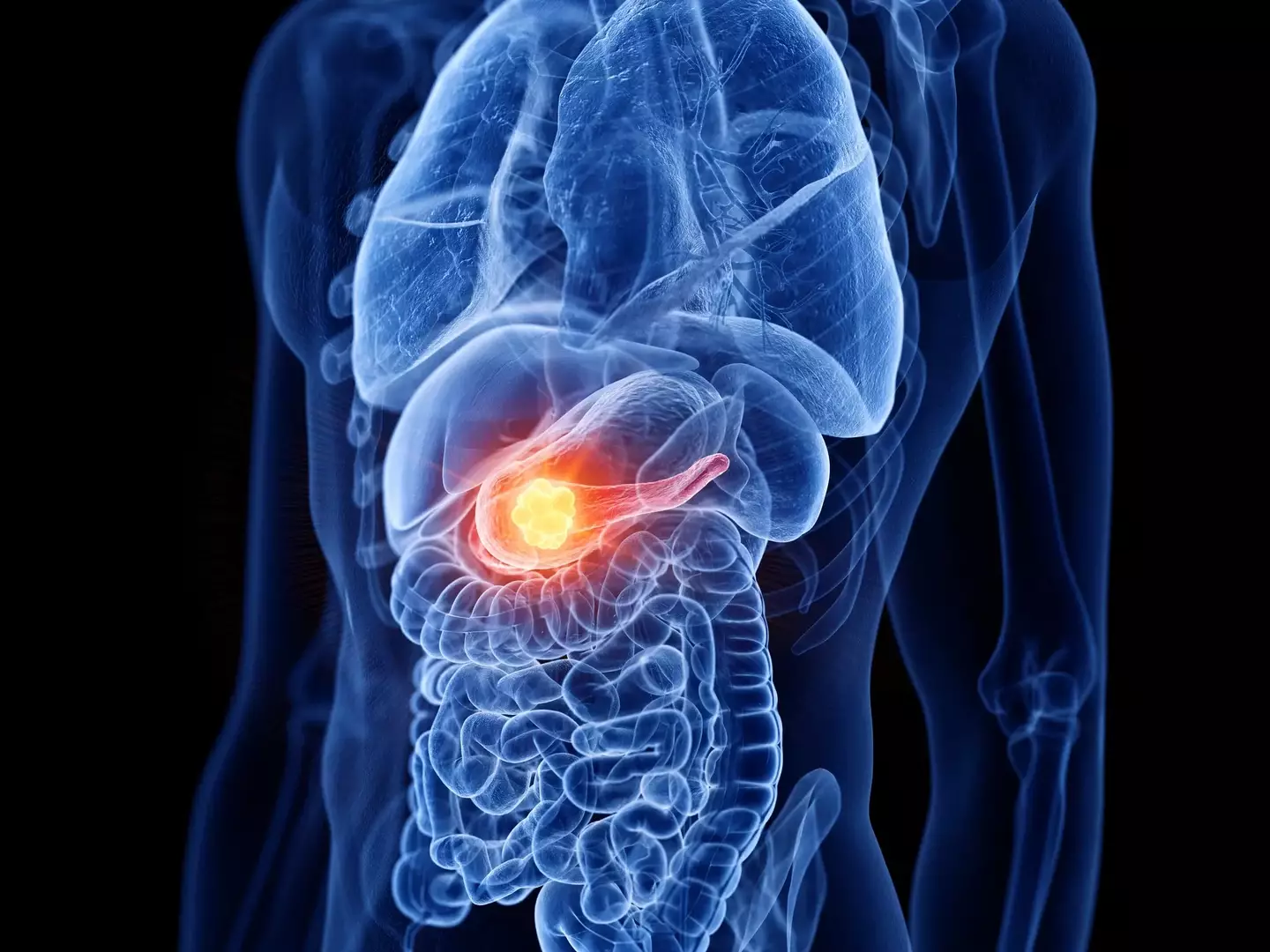

Pancreatic cancer is a silent killer (Getty Stock Photos)
What is the first sign of pancreatic cancer?
Deep Vein Thrombosis, also known as DVT, can actually be the first sign of pancreatic cancer.
Now, DVT is a blood clot which is notoriously difficult to treat and required blood thinners.


These four signs could be deadly (Getty Stock Photos)
What are the four red flags in your leg you should look out for?
The four red flags encapsulate the most common signs and symptoms of DVT, which is actually increased when you have pancreatic cancer.
As this cancer type is notoriously difficult to detect, due to how deep rooted it is within your body, knowing what the signs are for DVT could help you to get to the root cause quicker.
These four specific sensations in the legs could be the first signs of the disease, and you should let your GP know if you’re experiencing them.
These sensations are pain, swelling, redness, and warmth in a specific spot in your leg.
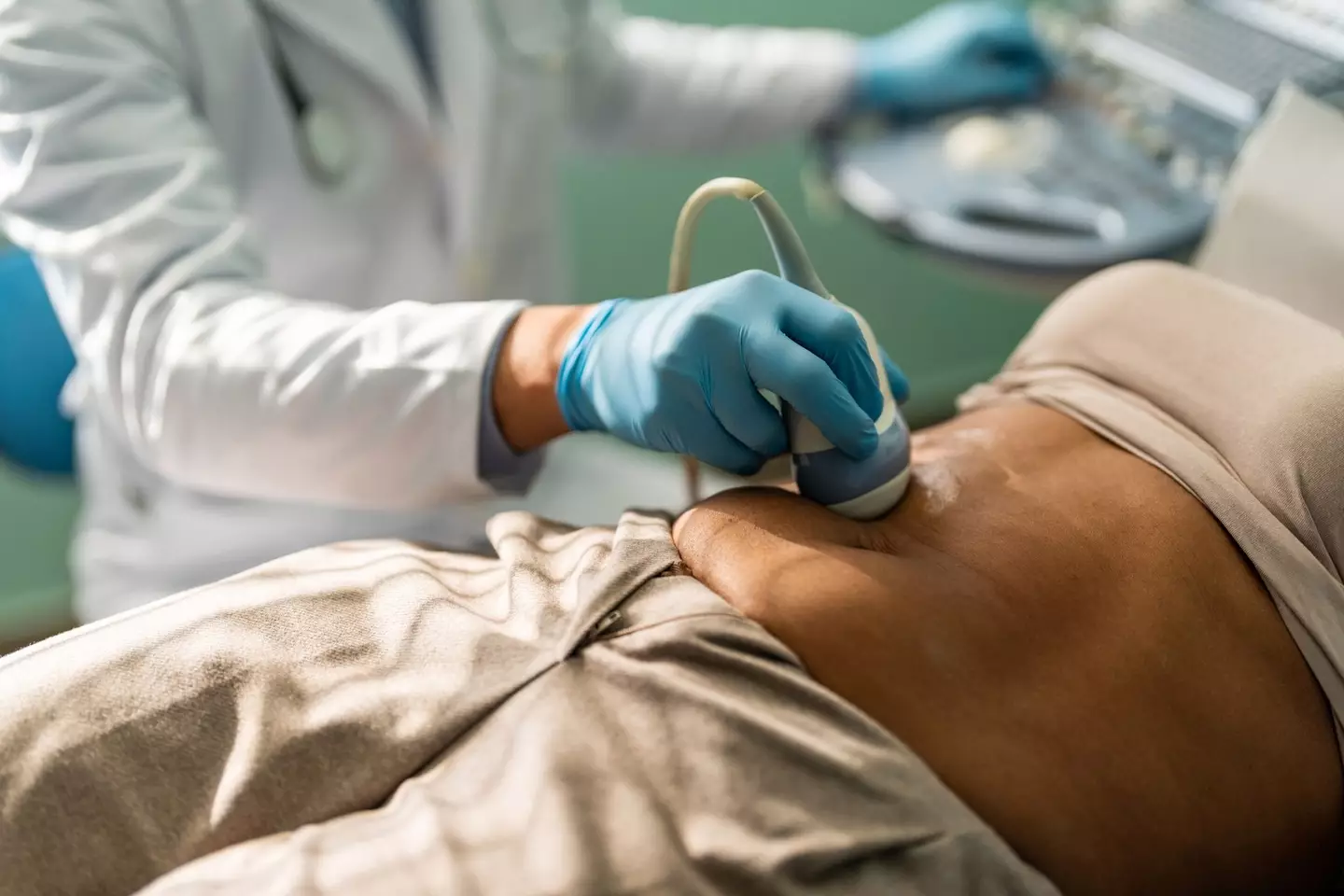

Seek immediate help (Getty Stock Photos)
When to seek immediate attention
If you have been experiencing these sensations and begin to feel breathless, this means that a part of your clot has broken free and has moved to your lungs.
If you don’t receive immediate help, you could have a pulmonary embolism or PE.
This could be fatal.
If you’re not sure, talk to a professional. Better safe than sorry!
Featured Image Credit: Getty Stock Photos












.jpg)










